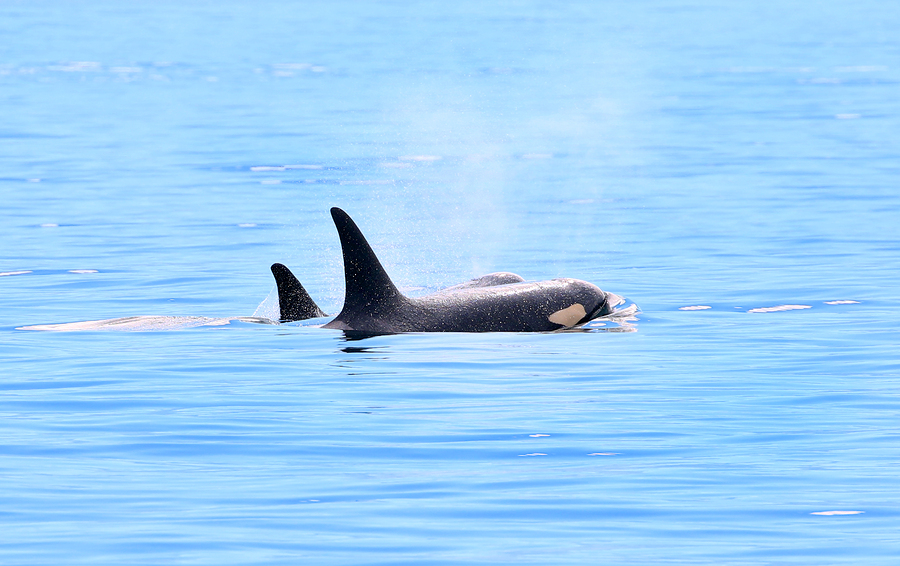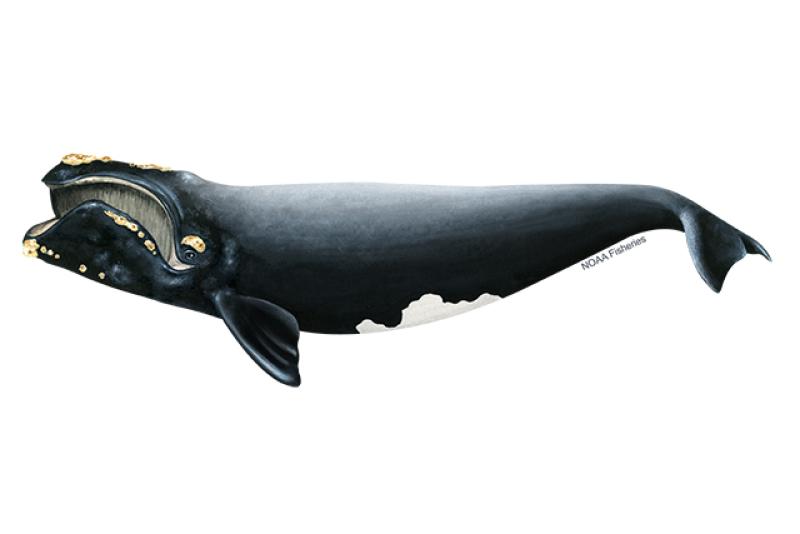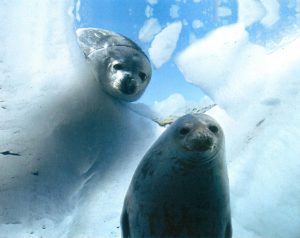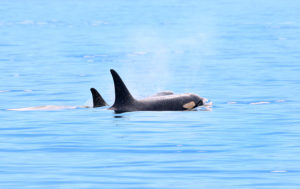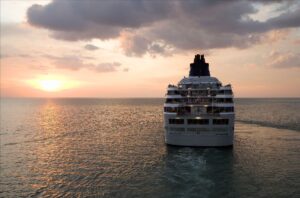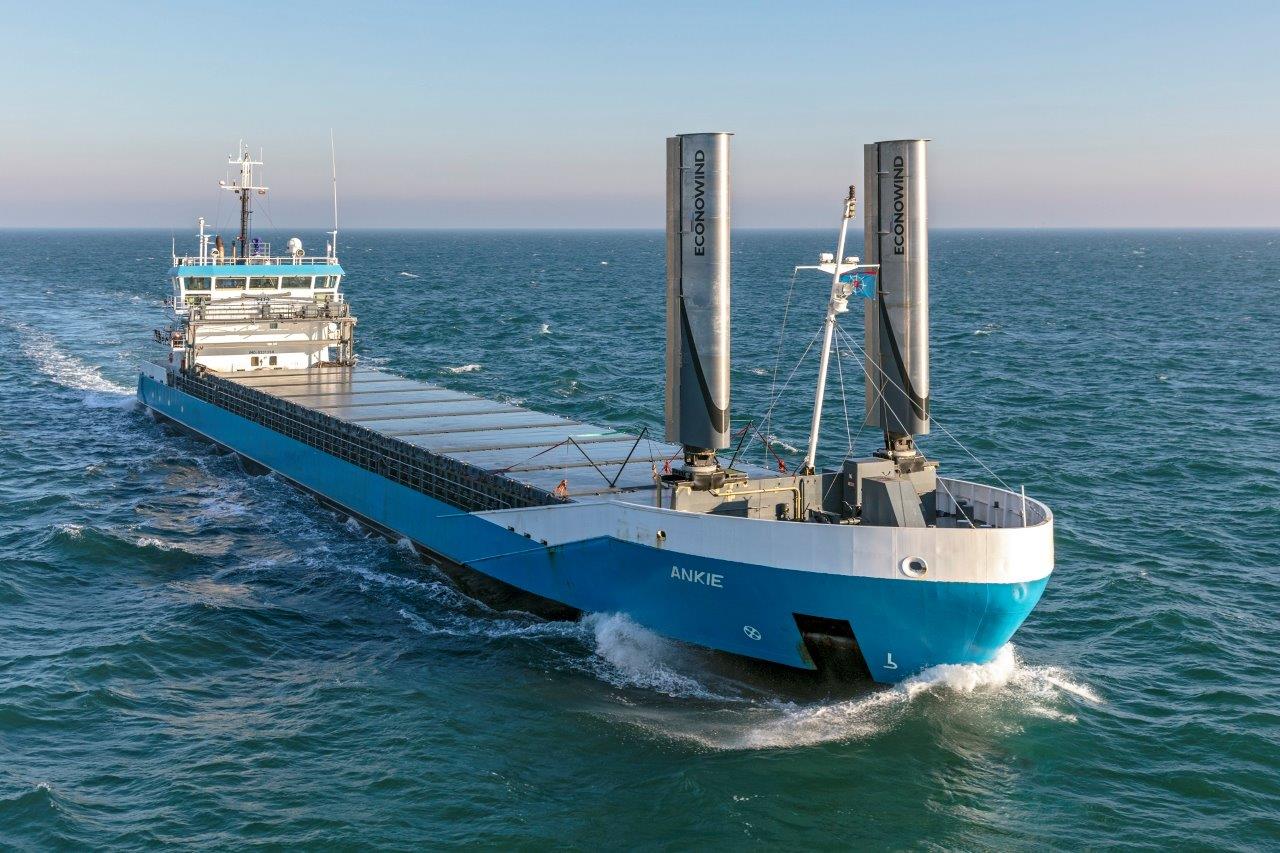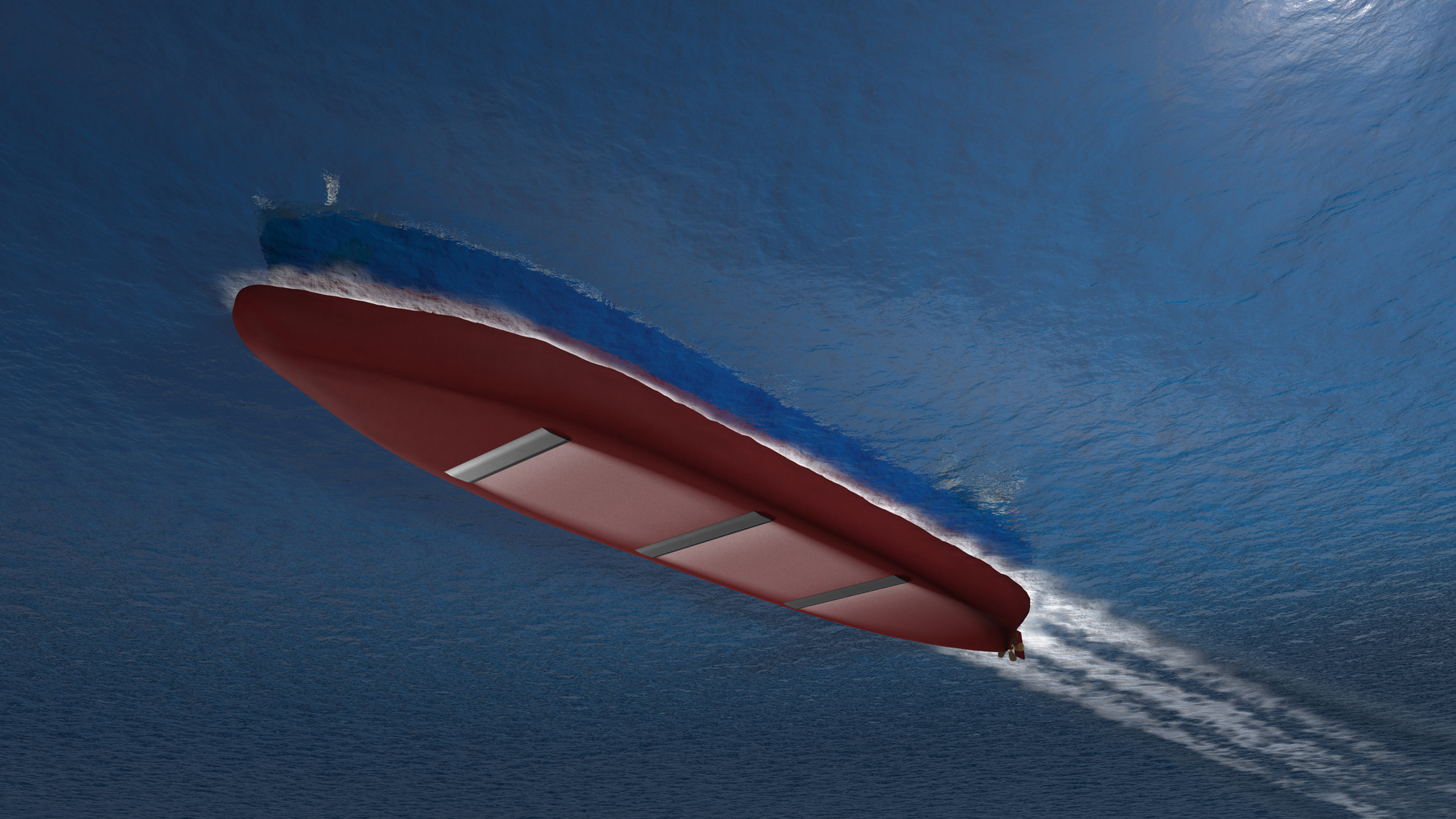Underwater noise from ships is seen as a growing problem that has a huge negative impact on species, notably whales and other cetaceans
Noise is pollution. Underwater noise pollution, particularly from ships, is a growing problem given how far the noise can travel and the growing size and number of ships at sea. But the push for cleaner shipping, particularly the decarbonisation agenda, is being seen by some as a key opportunity to simultaneously address noise pollution.
Ship sources underwater noise comes largely from two main sources, the engine and the propeller. Guidelines form the International Maritime Organization, aimed at rising awareness of the problems of underwater noise have largely been ignored, with countries like Canada and some environmental lobby groups happy that the guidelines are set for a reassessment and potential change.
The coming meeting of the IMO’s Ship Design and Construction sub-committee is set to begin talks about this reassessment, with papers submitted from a number of associations, some wanting the guidelines to be harmed and even turned into regulations.
But the work is set to be slow, and not least as some groups are calling for more accurate data on the amount of ship borne noise being created, the impact this noise has on the fauna of the oceans, and what technologies and approaches (such as slower speeds) can be adopted.
Canada has concerns about three key species of cetaceans in its waters; the Atlantic Right Whale (pictured above courtesy of NOAA Fisheries), Killer whales on the country’s west coast and the Beluga found in the St Laurance.
The European Commission has also begun looing at how underwater noise can be mitigated, under the EU Marine Strategy Framework Directive.
